Spanning across several decades, Telespazio Germany has an excellent track record in the space industry and in recent years, also within aviation and ICT. With the support of Innovation Product Development, we will continue to strengthen and develop our competences in these areas. As for “evolutions”, however, they are not included as part of our future Focus Areas.
Innovation focus areas and application domains are those that will allow us to expand into new trajectories that will bring new growth.


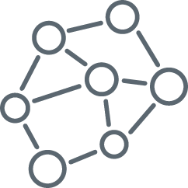
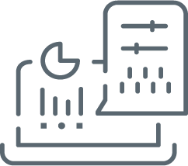
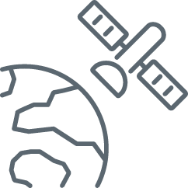
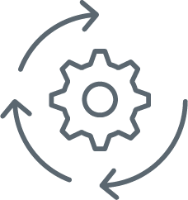
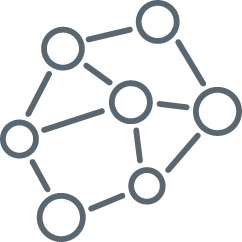 This application domain comprises 3 main areas:
This application domain comprises 3 main areas: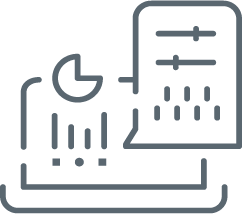 Amending initially planned missions, in-orbit servicing covers areas such as:
Amending initially planned missions, in-orbit servicing covers areas such as: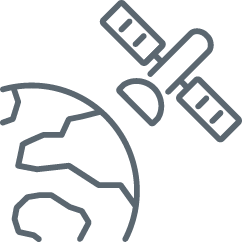 We will address the following challenges in this domain:
We will address the following challenges in this domain: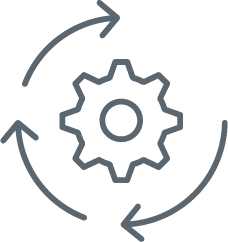 Our focus will be on supporting the operations of uncrewed and crewed Scientific/Commercial Space Exploration, from LEO/Moon orbits to Moon surface services (e.g. rovers, landing/ascending vehicles, cis-lunar transport vehicles) and beyond.
Our focus will be on supporting the operations of uncrewed and crewed Scientific/Commercial Space Exploration, from LEO/Moon orbits to Moon surface services (e.g. rovers, landing/ascending vehicles, cis-lunar transport vehicles) and beyond.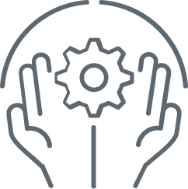
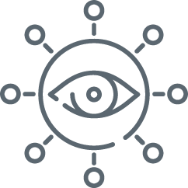
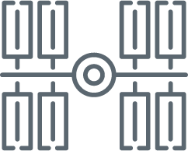
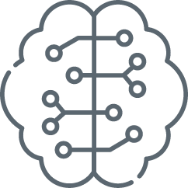
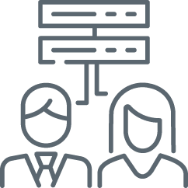
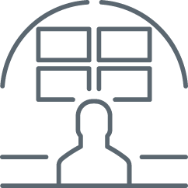
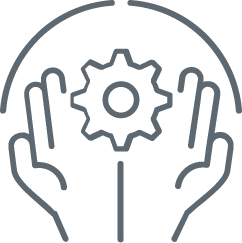 Telespazio Germany has a heritage of providing high-performance, high-reliability software to the most demanding customers. It is our goal to keep and even improve upon our track record of reliability, while using far fewer resources in the process.
Telespazio Germany has a heritage of providing high-performance, high-reliability software to the most demanding customers. It is our goal to keep and even improve upon our track record of reliability, while using far fewer resources in the process.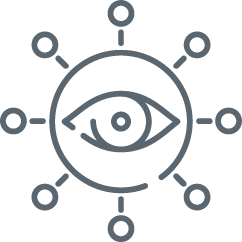 Like many others, we see Artificial Intelligence and Machine Learning (AI/ML) as one of the key technologies of the 21st century. We will leverage our reliable software infrastructure and Explainable AI (xAI) techniques to increase the confidence in AI/ML models and make them adaptable to the domains of our customers.
Like many others, we see Artificial Intelligence and Machine Learning (AI/ML) as one of the key technologies of the 21st century. We will leverage our reliable software infrastructure and Explainable AI (xAI) techniques to increase the confidence in AI/ML models and make them adaptable to the domains of our customers.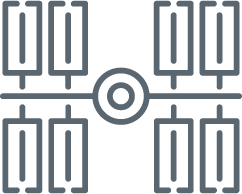
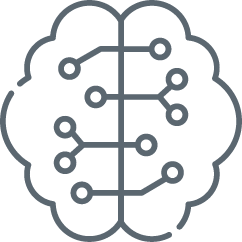 Artificial Intelligence and Machine Learning (AI/ML) is only one part of the bigger whole that is needed to enable truly autonomous systems. We will also work on a number of other related topics, such as:
Artificial Intelligence and Machine Learning (AI/ML) is only one part of the bigger whole that is needed to enable truly autonomous systems. We will also work on a number of other related topics, such as: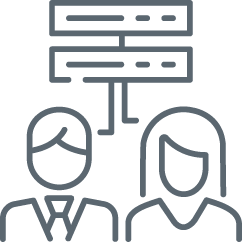 Building on Artificial Intelligence and Machine Learning (AI/ML) and autonomous systems, AI-powered Virtual Intelligent Agents will provide support with a “human touch”. Virtual Experts will augment our knowledge and guide us in our work, making learning curves much smaller and easier.
Building on Artificial Intelligence and Machine Learning (AI/ML) and autonomous systems, AI-powered Virtual Intelligent Agents will provide support with a “human touch”. Virtual Experts will augment our knowledge and guide us in our work, making learning curves much smaller and easier. While a simulation is usually disconnected from real events during execution, a digital real-time twin allows us to connect real-time events from the physical asset, process or system to the existing simulation environment. As a result, engineers can perform tests, assessments and analysis using real-world conditions that will improve/adapt future execution based on the "real-time" data processing.
While a simulation is usually disconnected from real events during execution, a digital real-time twin allows us to connect real-time events from the physical asset, process or system to the existing simulation environment. As a result, engineers can perform tests, assessments and analysis using real-world conditions that will improve/adapt future execution based on the "real-time" data processing.